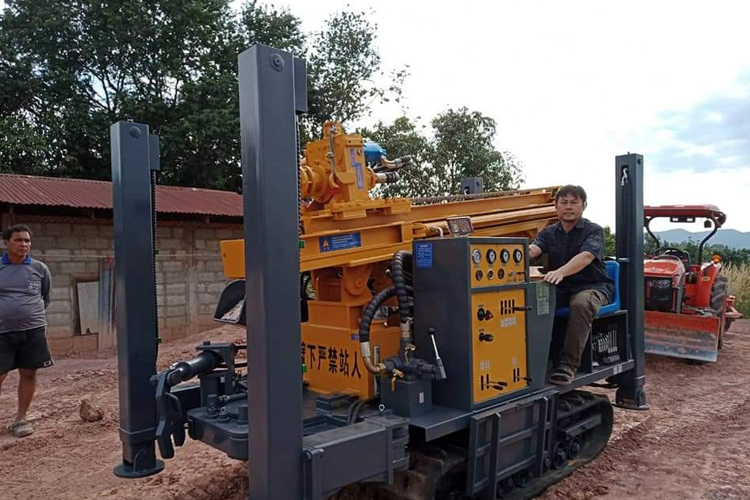
Drill rigs play a paramount role in water well drilling, allowing us to tap into underground aquifers and access essential water resources. Water well drilling rigs are designed to penetrate the earth’s surface and create boreholes for the extraction of groundwater. These rigs employ various drilling techniques, such as rotary drilling or percussion drilling, to accomplish this task efficiently.
Precision and Efficiency
Water well drilling rigs are engineered to deliver precision and efficiency in the drilling process. These machines are equipped with powerful drilling mechanisms, capable of penetrating varying types of soil and rock formations. The use of advanced drilling techniques and tools allows for more accurate and faster drilling, reducing both time and cost involved in the well construction process.
Versatility in Applications
Water well drilling rigs are not limited to just drilling water wells. They have found applications in various industries and sectors. These versatile machines are used for geotechnical drilling, environmental site assessments, mineral exploration, and even oil and gas drilling. The adaptability of drill rigs makes them indispensable in multiple fields, further highlighting their significance.
Advanced Features
Modern water well drilling rigs are equipped with advanced features that enhance their performance and ease of operation. These features include hydraulic systems for efficient drilling, precise depth control mechanisms, robust drilling bits, and advanced sensors that provide real-time feedback on drilling conditions. Additionally, some rigs are equipped with automation capabilities, allowing for more streamlined and precise drilling operations.
Safety and Environmental Considerations
Water well drilling rigs prioritize safety and environmental factors. They are equipped with safety features, such as emergency shutdown systems and protective enclosures, ensuring the well-being of operators and minimizing risks during operation. Furthermore, these rigs are designed to minimize environmental impact by employing techniques like mud circulation systems to control cuttings and prevent contamination of groundwater.
